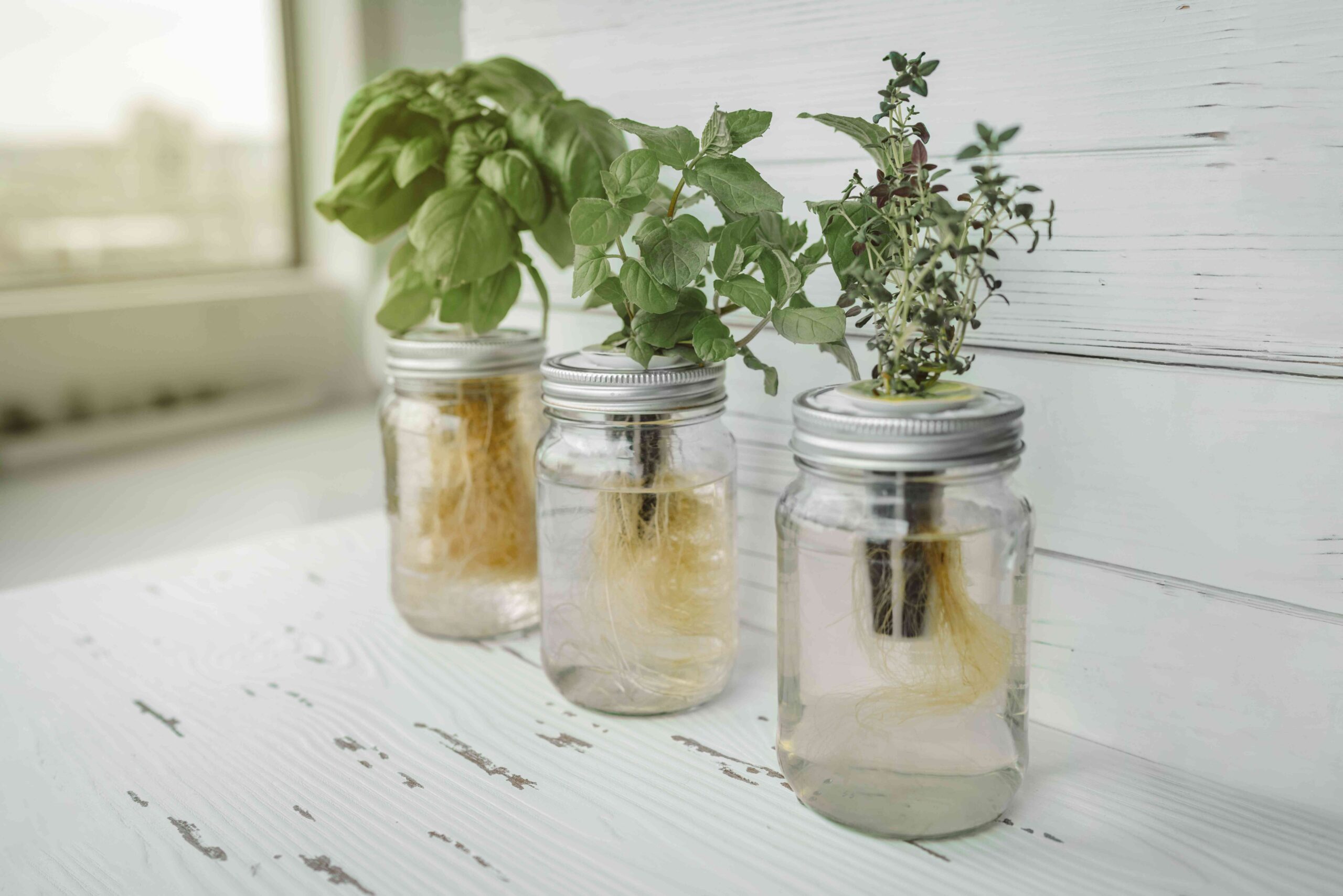Key Takeaways
- Hydroponic gardening is a method of growing plants without soil.
- Hydroponic growing allows for faster growth and higher yields than soil-based gardening, usually without the need for pesticides.
- To grow hydroponically, you can purchase a commercial system or create your own.
If you live in a home without a yard or in an area with a short growing season, hydroponic gardening may be an option for you to grow fresh fruits and vegetables for your family. Before you purchase a contained system or build your own, learn more about the process and whether a hydroponic garden is cost-effective for your needs.
Meet the Expert
- Jonathan Ebba is a University of New Hampshire extension field specialist in landscape and greenhouse.
- Bob Westerfield is an extension senior public service associate in horticulture at the University of Georgia.
What Is Hydroponic Gardening?
Hydroponic gardening is a growing method that uses water to grow plants instead of soil.
“The driving principle for hydroponics is that the nutrients needed by a plant are supplied by being dissolved in water rather than as present in the soil,” says landscaping and greenhouse specialist Jonathan Ebba.
Getting into home hydroponics can be done by purchasing a ready-made unit, you can design and construct a system using basic supplies available from a local hardware store, or use specialized supplies from a hydroponics supplier.
Want more gardening tips? Sign up for our free gardening newsletter for our best growing tips, troubleshooting hacks, and more!
What Does Hydroponic Gardening Actually Cost?
If you purchase a large ready-made system, the initial outlay can be significant. Costs for commercially-made hydroponic units range from around $175 to $1000+ depending on the size of the system.
“These range from small table-top ‘pods’ to large free-standing towers; most include lamps and many market their own fertilizer to be mixed into the nutrient solution,” Ebba says. “While these may cost more and be less expandable than a self-built system, they have great ease of use and set-up.”
However, if you commit to hydroponics you can recoup your investment over time thanks to reduced food costs, fewer gardening tools, and garden supplies.
There are also several different DIY hydroponic garden systems; if you begin with a small, low-tech system that allows you to grow 9 to 12 vegetable or herb plants, you’ll probably spend around $100 dollars.
“For the do-it-yourself person, it is not very difficult to make your own small hydroponic garden at a very affordable cost,” says horticulture expert Bob Westerfield.
He recommends starting small with two or three plastic storage containers 15 to 20 inches long and 12 inches wide with lids (which you will cut holes in to hold the pots), a light source, liquid fertilizer, and the seeds you want to grow. You may also need a supply of hydroponic net pots and rockwool cubes to hold seeds, a hydroponic pH-control kit, a pH meter or test kit, and a small fish tank aerator with a rock bubbler to provide proper aeration.
Final cost-effectiveness depends on your diligence in maintaining the system, food costs in your area, and how much produce your family consumes.
Why Start Hydroponic Gardening
Gardeners tend to start a hydroponic garden because it uses less water use than soil-grown crops, there is little need for pesticides, crops mature faster, and indoor systems allow for year-round production.
“One of the real benefits to year-round production is the ability to plan ‘rolling harvests’ so that small quantities can be harvested consistently throughout the year,” Ebba says. “Plan on sowing a small amount of your system on a weekly basis so that when the plants start to mature, you can harvest and immediately replant the harvested space.”
What to Keep in Mind When Hydroponic Gardening
- Space and light requirements: Every hydroponic garden must have a light source, usually a grow light. Since hydroponic gardening requires water, it is important to place the system in a space that is resistant to moisture damage and convenient to a water source.
- Time investment: Since plants grow quickly in a hydroponic environment, there must be regular harvesting and replacement to keep production going.
- Cleaning: Hydroponics systems support algae. Components should be cleaned between crops when possible. To control algae growth, light should be excluded from the nutrient solution, and aeration should be increased to prevent water from becoming stagnant.
- Crop selection: Quick-growing greens like lettuces, herbs, and small fruits like strawberries and tomatoes do well in a hydroponic garden. Root vegetables and corn do not do well in the system.
Ways to Save Money When Doing Hydroponic Gardening
- Build a DIY system rather than purchasing a commercially made unit.
- Save seeds from mature vegetables for future plantings.
- Provide natural light or use energy-efficient LED grow lights.
- Use a recirculating system that continuously filters and reuses the nutrient solution, reducing water and nutrient consumption.

